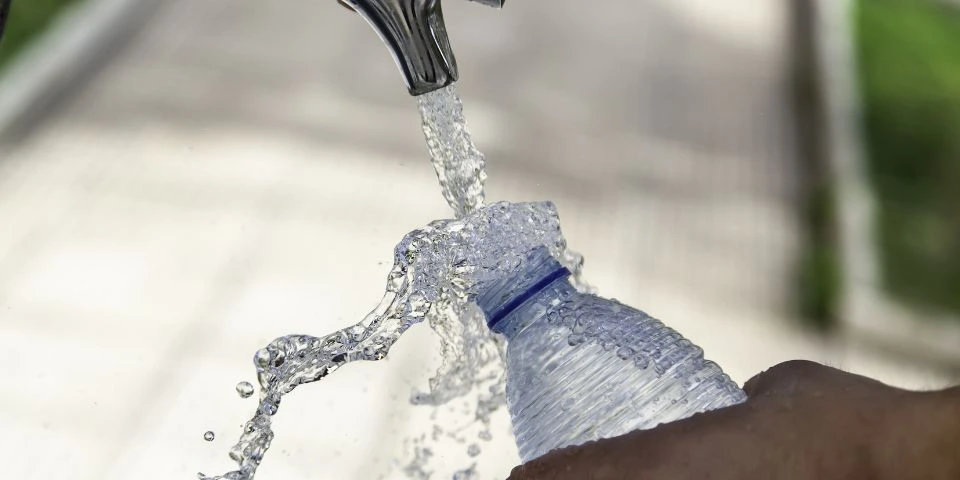Handling chemical substances and mixtures safely is essential for protecting both people and the environment. A key part of this responsibility for suppliers is providing a Safety Data Sheet (SDS), which contains vital information about the hazards and safety measures for the products being used. But when is an SDS actually required, what are the language requirements, and what obligations do suppliers have?
In this article, we outline the basic requirements under Article 31 of the REACH Regulation (1907/2006) and explain what you, as a supplier, need to consider in order to comply with the legislation and ensure that the products you place on the market are handled safely and correctly.
When Is a Safety Data Sheet Required?
When Is an SDS Required?
As a supplier of a substance or mixture, it is important to know when a Safety Data Sheet (SDS) must be provided. According to Annex II of the REACH Regulation (1907/2006), an SDS must be supplied to the recipient if any of the following apply:
- Hazard classification: If the substance or mixture meets the criteria for classification as hazardous under Regulation (EC) No 1272/2008 (CLP).
- PBT or vPvB substances: If the substance is identified as persistent, bioaccumulative and toxic (PBT), or very persistent and very bioaccumulative (vPvB), in line with the criteria in Annex XIII.
- Listed under Article 59(1): If the substance is included in the candidate list under Article 59(1) for reasons other than those mentioned above.
- Non-classified mixtures: If a mixture is not classified as hazardous under Regulation (EC) No 1272/2008, the supplier must still provide an SDS on request, according to Annex II, if the following apply:
- If the mixture contains at least one substance that poses a risk to human health or the environment at a concentration of at least 1% by weight for non-gaseous mixtures or at least 0.2% by volume for gaseous mixtures, an SDS must be provided.
- The mixture contains at least one substance present at 0.1% by weight or more (for non-gaseous mixtures) that is classified as a category 2 carcinogen, category 1A, 1B or 2 reproductive toxicant, category 1 skin or respiratory sensitiser, or as having effects via lactation. This requirement also applies if the substance is identified as PBT or vPvB, or if it has been included in the candidate list under Article 59(1) for reasons other than those previously mentioned.
- If the mixture contains a substance with a Community workplace exposure limit.

Language Requirements
Unless otherwise specified by the relevant Member State, the SDS must be provided in the official language(s) of the country where the substance or mixture is placed on the market. For example, in Sweden, SDSs must be provided in Swedish.
If an EU/EEA supplier places a chemical product on the Swedish market for professional use that requires an SDS, it must be made available in Swedish. If the recipient does not receive a Swedish SDS, they are responsible for translating it before further distribution within Sweden.
The language requirement does not apply if a company manufactures or imports a product solely for internal use, or if the product is not subject to SDS requirements under the criteria above.
Exemptions
An SDS does not need to be provided for hazardous substances or mixtures sold to the general public. However, sufficient information must still be supplied to allow users to protect health, safety, and the environment.
If a professional user requests an SDS for such a product, the supplier must provide it.
Certain product types—such as pharmaceuticals and cosmetics intended for end users—are exempt from SDS requirements. Articles (finished goods) are also not subject to SDS obligations.
Utbildning
Säkerhetsdatablad och märkning
Under utbildningen går vi igenom relevant lagstiftning och hur ett säkerhetsdatablad byggs upp. Vi tittar på vanliga fel i säkerhetsdatablad och på hur man klassificerar en blandning.
Responsibility When Importing from Outside the EU/EEA
If you import a product from a supplier outside the EU/EEA and place it on the market, it is your responsibility to prepare and provide a Safety Data Sheet (SDS) that complies with the requirements of the REACH Regulation.
Do you have any questions? We are here!
Our EHS consultants have extensive experience in safety data sheets and substitution work and are here to help you enhance safety and comply with legal requirements. We also offer training in environmental and workplace legislation, REACH, chemical management, and risk assessment.
Do you have any questions? Don’t hesitate to contact us by clicking the button below or emailing us directly at consulting@intersolia.com.





